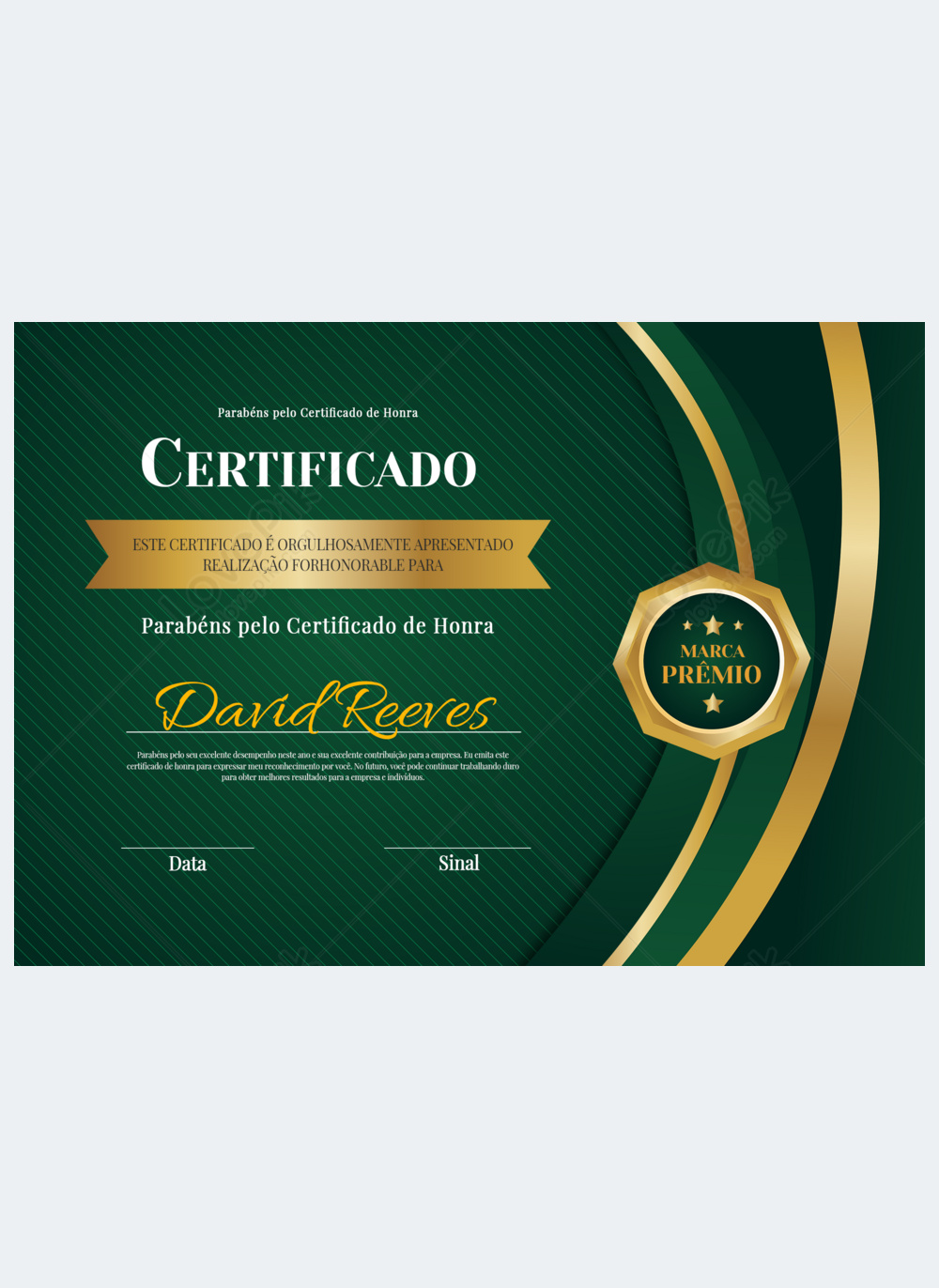ISO 9001 Certification Process: Raise Your Corporate Quality Measures
In today’s competitive business landscape, maintaining high standards of quality is vital for achievement. certifyproinsights.ma has emerged as a key asset for organizations looking to improve their operational efficiency and customer satisfaction. This internationally recognized standard highlights a commitment to quality management systems, ensuring that businesses consistently satisfy customer requirements and enhance their processes.

Securing ISO 9001 certification is beyond a badge of honor; it embodies a holistic approach to quality that can elevate your business standards substantially. By implementing the guidelines laid out in the ISO 9001 framework, organizations can optimize their operations, reduce waste, and promote a culture of continuous improvement. This not only assists in meeting regulatory demands but also aligns companies to build better relationships with their clients and stakeholders.
Benefits of ISO 9001 Certification
ISO 9001 certification provides a variety of advantages for organizations aiming to enhance their quality management systems. One of the key benefits is enhanced efficiency in operations. By adopting the ISO 9001 framework, businesses can streamline processes, cut waste, and ensure that resources are utilized optimally. This leads to a more systematic approach to work that can in the end save time and cut costs.
Another significant benefit is heightened customer satisfaction. ISO 9001 emphasizes the significance of meeting customer requirements and continually improving services and products. As organizations align their practices with these standards, they better understand their customers' needs, which fosters trust and loyalty. Satisfied customers are more likely to become repeat clients, enhancing revenue in the long run.
In addition, obtaining ISO 9001 certification can enhance an organization’s standing and credibility. It signals to stakeholders, including clients and suppliers, that the company is committed to maintaining superior standards. This recognition can give businesses a leg up in the marketplace, as consumers frequently favor to engage with certified organizations due to their demonstrated commitment to quality and continuous improvement.
Stages to Achieve Accreditation
Securing ISO 9001 accreditation involves a structured approach to quality management that begins with grasping the ISO 9001's criteria. Organizations should start by carrying out a gap assessment to evaluate their current quality management system against ISO 9001 criteria. This preliminary assessment helps pinpoint areas for enhancement, allowing businesses to address processes that need change to meet the criteria.
Once the discrepancies have been recognized, the next step is to update or revise the quality management system documentation. This includes drafting a quality guideline, articulating goals, and writing procedures and processes. Involving employees in this stage is vital, as their input can lead to better congruence with the organization's objectives and ensure a culture of quality throughout the company.
Finally, organizations should implement the quality management system and deliver training to personnel to ensure everyone understands their duties and responsibilities. After a duration of operation, a pre-audit may be performed to review the system's effectiveness. The final step is to set up an official audit with a accreditation body, which will review the processes and documentation to validate compliance with ISO 9001 criteria, ultimately resulting in certification if everything is in order.
Upholding Compliance and Ongoing Improvement
Obtaining ISO 9001 accreditation is just the beginning of a path towards excellence. Entities must maintain adherence with the standards to ensure ongoing efficiency of their quality management system. This involves frequent reviews, executive assessments, and revisions to processes. By regularly assessing operations and obtaining input, companies can identify areas for enhancement and resolve them proactively.
Continuous improvement is a key principle of ISO 9001 that drives companies to work for greater efficiency and quality. Utilizing techniques such as the Plan-Do-Study-Act cycle, companies can implement changes, measure their impact, and improve operations as required. This dedication to enhancing quality helps businesses remain competitive in their sectors and better satisfy customer demands.
Moreover, cultivating a culture of quality within the company significantly contributes to maintaining compliance and promoting enhancement. Involving team members at all strata in excellence initiatives ensures that all team members understands their role in fulfilling the company's objectives. Educational and development programs can inspire team members to offer ideas for improvement, thus creating an environment where excellence is a shared responsibility and continuous improvement becomes part of the corporate identity.